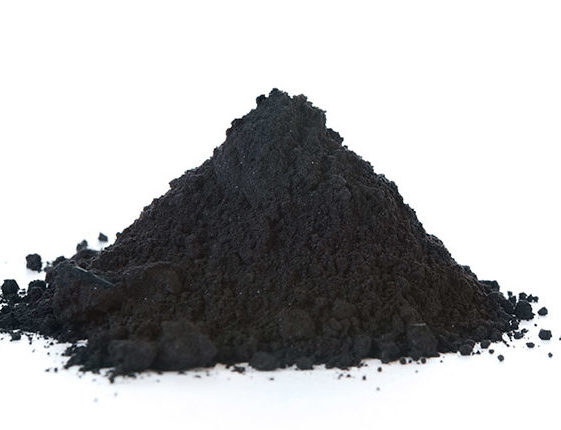The demand on the global power side is exploding. In 2025, the global negative electrode market space will be nearly 50 billion. The internalization of negative electrode graphitization has become the general trend of the industry.
At present, lithium-ion battery anode materials include natural graphite materials, artificial graphite materials, silicon-based and other anode materials.
In the selection of negative electrode materials, although the cost of artificial graphite is higher than that of natural graphite, it occupies the absolute mainstream in power batteries due to its excellent performance and better matching with positive electrode materials and electrolytes; natural graphite is mainly used in consumer electronics and storage. energy field.
Artificial graphite materials have the advantages of high electronic conductivity, large diffusion coefficient of lithium ions, high lithium intercalation capacity and low lithium intercalation potential, and graphite materials have a wide range of sources and are cheap.
Thanks to the advantages of technology, price and mature supporting industries, artificial graphite will remain the mainstream as an anode material in the next few years.
According to GGII statistics, from 2016 to 2020, my country’s artificial graphite shipments increased from 77,000 tons to 307,000 tons, with a CAGR of 41.3%, and its proportion in negative electrode materials increased from 68% to 84%. In the first half of 2021, my country shipped 282,000 tons of artificial graphite, accounting for 85%.
The raw material of artificial graphite is not graphite ore, but coke, including petroleum coke and needles. Artificial graphite is made by crushing, granulating, graphitizing, and screening raw materials and binders.
It basically includes four major processes, including crushing, granulation, graphitization and screening. The four major processes are subdivided into more than a dozen processes. The process is basically the same, but specific to each enterprise and different levels of artificial negative electrodes, the preparation There will be some differences in the process.
Among the four major processes of artificial graphite, crushing and screening are relatively simple, and the two links of granulation and graphitization mainly reflect the technical threshold of the negative electrode industry and the production level of enterprises.
The integration of graphite production has become the development trend of the industry.
Graphitization accounts for about 50% of the cost of negative electrode materials, usually in the form of outsourcing processing, and the negative electrode manufacturer needs to pay a certain processing fee to the processing manufacturer. Therefore, mainstream manufacturers are generally adopting the integration of graphite production to achieve the purpose of reducing costs and maintaining a stable supply chain.
At present, the supply of graphitization is obviously in short supply, but because independent graphitization manufacturers are low-end manufacturing links, the economic added value is low, and the provinces are more cautious about the expansion of independent graphitization production capacity.


